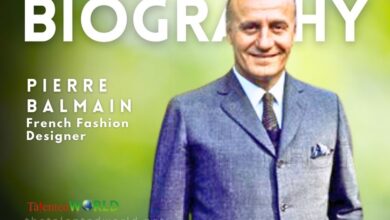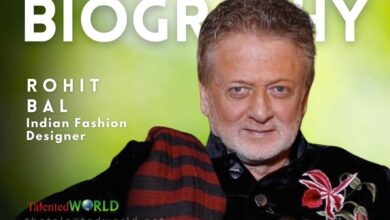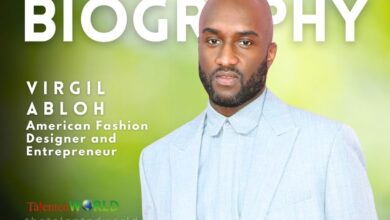| Full Name | Lee Alexander McQueen |
| Born | 17 March 1969 |
| Place of Birth | Lewisham, London, England |
| Died | 11 February 2010 (aged 40) |
| Place of Death | Mayfair, London, England |
| Cause of Death | Suicide by hanging |
| Education | Central Saint Martins College of Art and Design |
| Occupations | Fashion designer, couturier |
| Years Active | 1992–2010 |
| Labels | – Alexander McQueen – McQ |
| Net Worth | $30 million |
| Awards | – British Fashion Designer of the Year (1996, 1997, 2001, 2003) – Commander of the Order of the British Empire – Council of Fashion Designers of America International Designer of the Year (2004) |
| Notable Achievements | – Founded Alexander McQueen label in 1992 – Chief designer at Givenchy (1996–2001) – Sold 51% of his company to the Gucci Group in 2000 – Designed a total of 36 collections for his brand – Longtime collaborator Sarah Burton took over as creative director of his label after his death |





